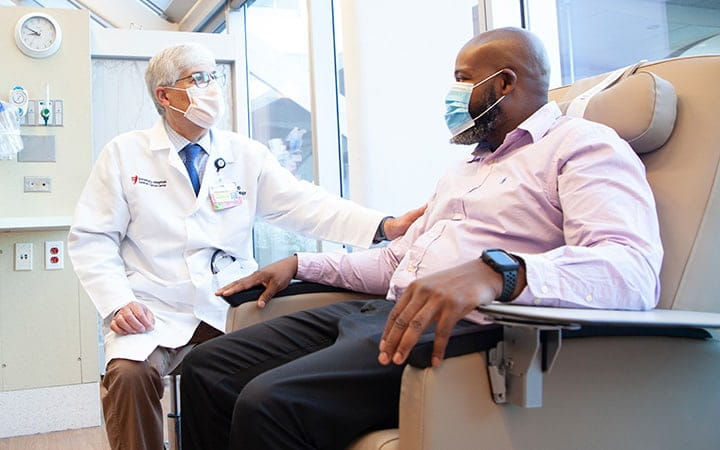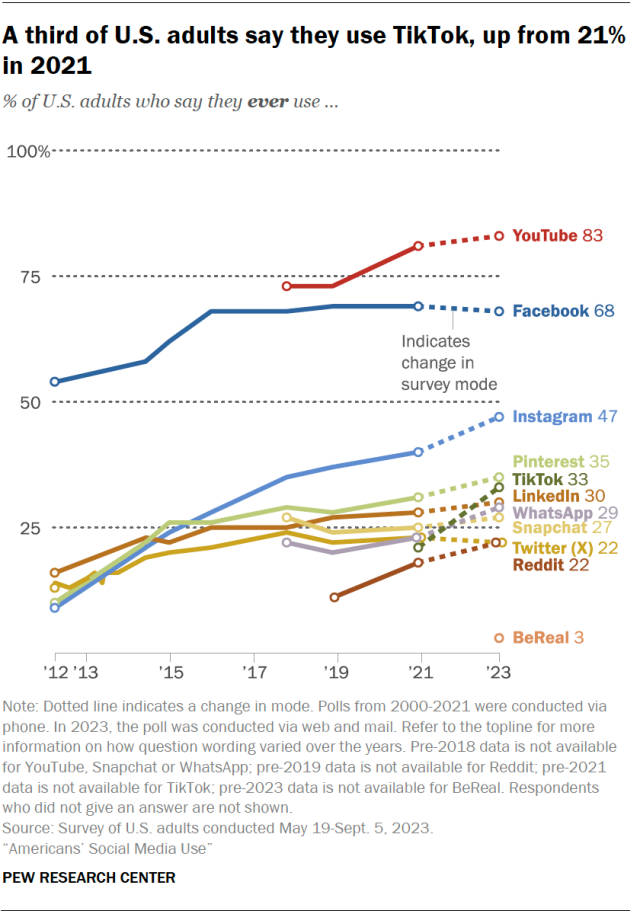What Percentage Of The Population Has A Doctorate Degree – Jan 10, 2024On average, only 1 per cent of the world’s 25-64 year olds who have been to university, have a PhD. So it seems like a PhD is pretty rare – but how rare is it where you are? In the UK 2 per cent of the population has a doctorate. Slovenia and Switzerland have the highest percentage of the population with a doctorate at 4 per cent and 3 per
Image: quora.com
The percentage of the population age 25 and older with associate degrees rose from 9.5% to 10.5% between 2011 and 2021. Between 2011 and 2021, the percentage of people age 25 and older who had completed a bachelor’s degree or higher increased by 7.5 percentage points from 30.4% to 37.9%.
Chart: The Countries With The Most Doctoral Graduates | Statista
Since 2000, the number of people age 25 and over whose highest degree was a master’s has doubled to 21 million. The number of doctoral degree holders has more than doubled to 4.5 million. Now, about 13.1 percent of U.S. adults have an advanced degree, up from 8.6 percent in 2000.

Image: master-academia.com
Transference: What It Means and How It May Be Used in Therapy Population with Doctorate Degrees in the U.S. When President-elect Joe Biden is sworn in as president on Jan. 20, his wife Jill will become the first resident with a doctorate in more than a century. Roughly 3.1 million Americans older than 25 have a doctorate degree, according to a Social Explorer analysis of newly released 2015-19 American

Image: statista.com
What Percentage Of The Population Has A Doctorate Degree
Since 2000, the number of people age 25 and over whose highest degree was a master’s has doubled to 21 million, and the number of doctoral degree holders has more than doubled to 4.5 million. In 2000, one-third of people with at least a bachelor’s degree had completed an advanced degree. By 2018, that proportion had grown to 37 percent. Just 1.1% of 25- to 64-year-olds held a doctoral degree on average across OECD countries in 2018, according to the organisation’s Education at a Glance 2019 report. Although, as the chart below shows, the share of the population with a doctoral degree varies significantly across OECD countries, from almost 4% in Slovenia to 0.1% in Indonesia.
Chart: The Countries With The Most Doctoral Graduates | Statista
The percentage of the population age 25 and older with associate degrees rose from 9.5% to 10.5% between 2011 and 2021. Between 2011 and 2021, the percentage of people age 25 and older who had completed a bachelor’s degree or higher increased by 7.5 percentage points from 30.4% to 37.9%. Why Is Cancer on the Rise in People Under 50? | University Hospitals

Image: uhhospitals.org
What is the percentage of the world’s population who hold doctorate degrees? – Quora Feb 5, 2024The demography of doctoral degree recipients has changed considerably over the years. For example, … a 10 percentage point increase from 1992 but only a 1.7 percentage point increase since 2002.
Image: quora.com
How many PhD holders are there in the world? – Quora Oct 18, 2022These tables present detailed data on the demographic characteristics, educational history, sources of financial support, and postgraduation plans of doctorate recipients. The Survey of Earned Doctorates (SED) data tables were reorganized and renumbered in 2021; see table B-1 in the “Technical Notes” for a crosswalk of comparable 2020 and 2021
Image: quora.com
Transference: What It Means and How It May Be Used in Therapy Since 2000, the number of people age 25 and over whose highest degree was a master’s has doubled to 21 million, and the number of doctoral degree holders has more than doubled to 4.5 million. In 2000, one-third of people with at least a bachelor’s degree had completed an advanced degree. By 2018, that proportion had grown to 37 percent.

Image: healthline.com
How Americans Use Social Media | Pew Research Center Just 1.1% of 25- to 64-year-olds held a doctoral degree on average across OECD countries in 2018, according to the organisation’s Education at a Glance 2019 report. Although, as the chart below shows, the share of the population with a doctoral degree varies significantly across OECD countries, from almost 4% in Slovenia to 0.1% in Indonesia.

Image: pewresearch.org
How many PhD holders are there in the world? – Quora Feb 5, 2024The demography of doctoral degree recipients has changed considerably over the years. For example, … a 10 percentage point increase from 1992 but only a 1.7 percentage point increase since 2002.
Image: quora.com
LVMH Graduate Programs Oct 18, 2022These tables present detailed data on the demographic characteristics, educational history, sources of financial support, and postgraduation plans of doctorate recipients. The Survey of Earned Doctorates (SED) data tables were reorganized and renumbered in 2021; see table B-1 in the “Technical Notes” for a crosswalk of comparable 2020 and 2021

Image: lvmh.com
What is the percentage of the world’s population who hold doctorate degrees? – Quora
LVMH Graduate Programs Veera Korhonen , Jun 2, 2023. In the academic year of 2020/2021 in the United States, 85,581 doctoral degrees were earned in health professions and related programs – the most out of any field of
Transference: What It Means and How It May Be Used in Therapy How many PhD holders are there in the world? – Quora Just 1.1% of 25- to 64-year-olds held a doctoral degree on average across OECD countries in 2018, according to the organisation’s Education at a Glance 2019 report. Although, as the chart below shows, the share of the population with a doctoral degree varies significantly across OECD countries, from almost 4% in Slovenia to 0.1% in Indonesia.